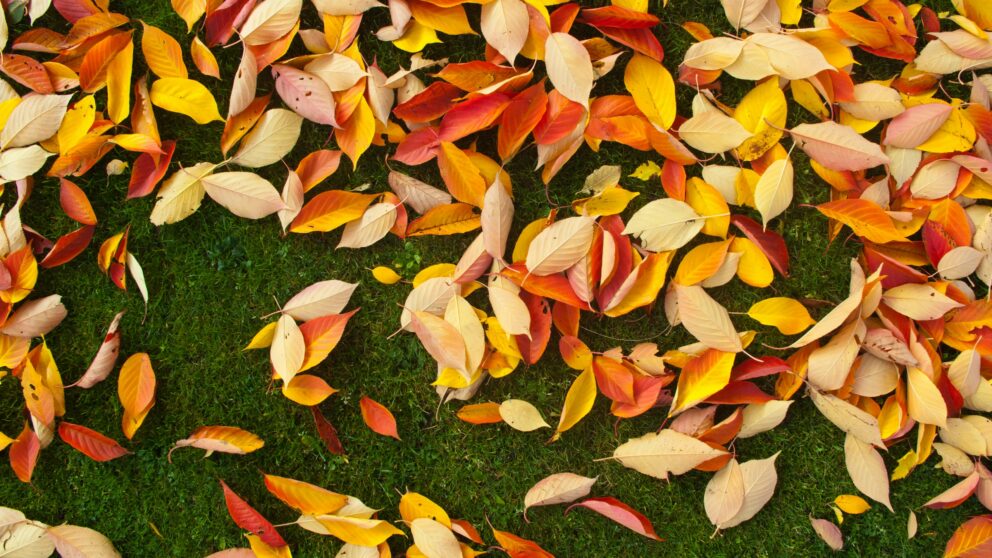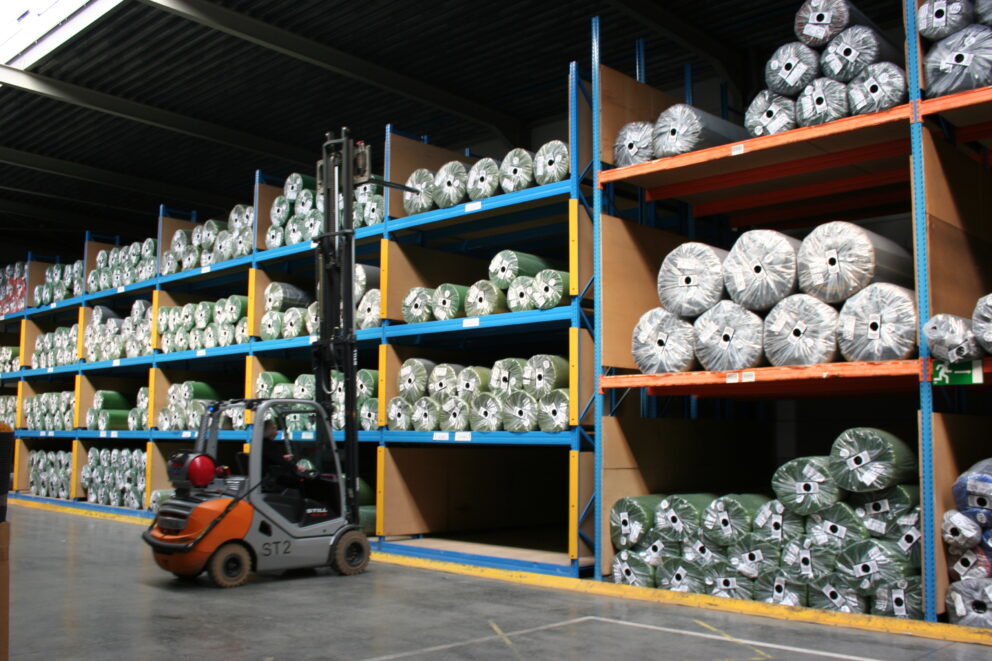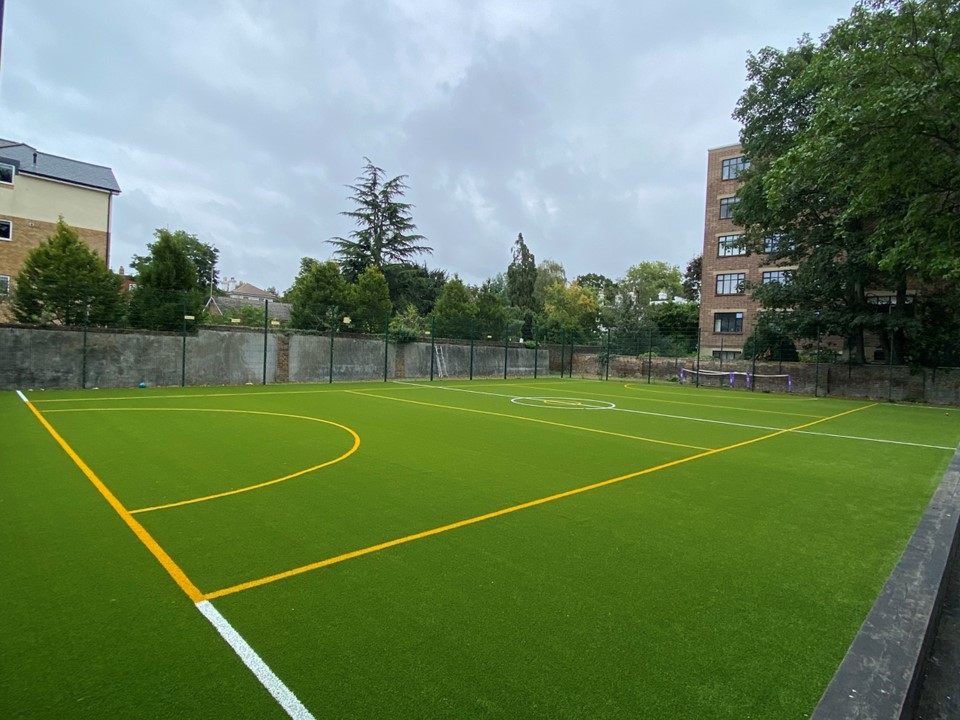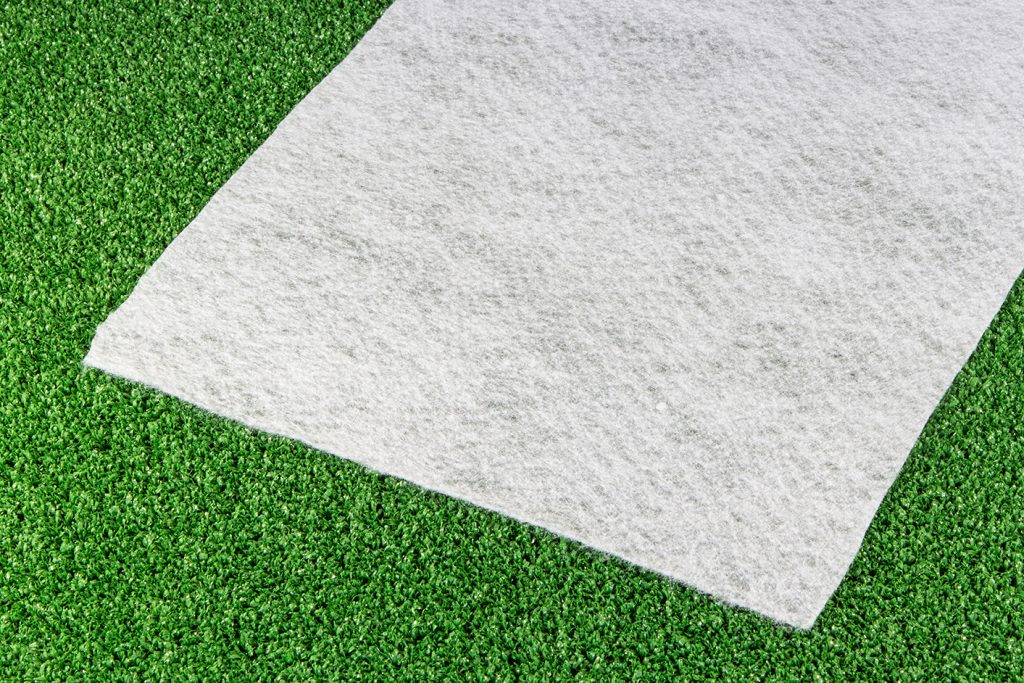1. Clearing Fallen Leaves and Debris
Autumn brings with it a picturesque scene of falling leaves, but these leaves can pose a challenge for your artificial turf if left unattended. To prevent any issues, it’s important to regularly clean the fallen leaves and debris from your lawn. Not only can these organic materials block the drainage holes in your artificial grass, but they can also lead to the growth of weeds, moss, and mould.
To tackle this task, grab a leaf blower, a plastic rake, or a stiff brush to remove the leaves and debris. Be gentle when raking your artificial grass, gliding the rake across the top without applying too much pressure. You can also opt for a soft-headed brush to delicately sweep away the fallen leaves. By spending just a few minutes on this task, you’ll keep your synthetic turf looking pristine.
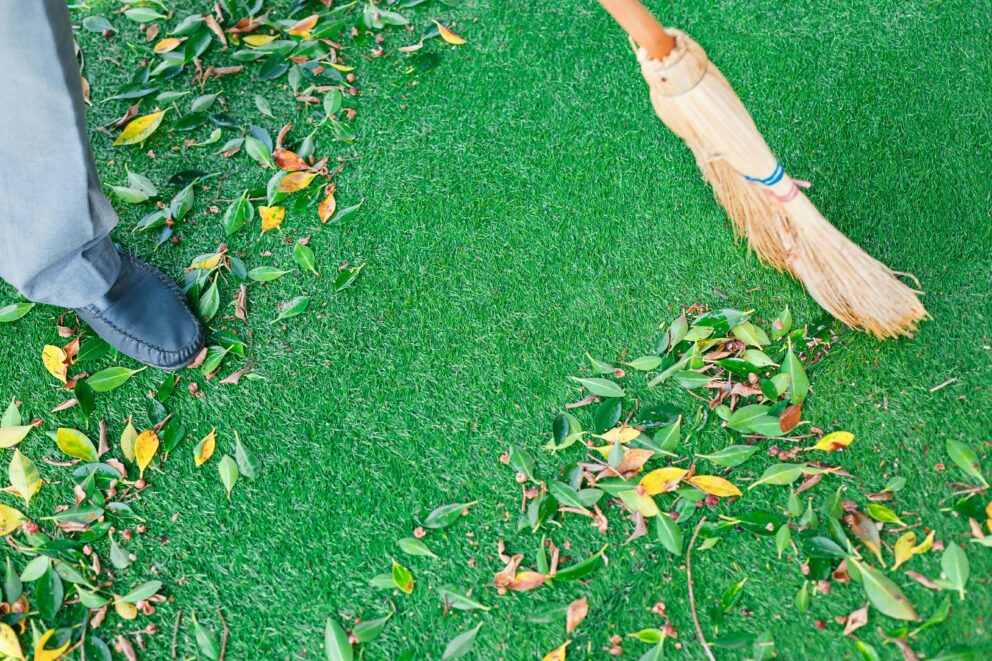
2. Guarding Against Moss and Mould
Autumn’s damp weather conditions provide an ideal environment for the growth of moss and mould. To maintain your artificial grass, it’s crucial to guard against these potential issues and take immediate action if any signs appear.
To prevent moss and mould growth, ensure that your drainage system is functioning properly and that no debris or dirt accumulates on the surface. Regularly brushing your artificial grass throughout the season will help keep these problems at bay. However, if you do notice moss growing, there are effective ways to address it. A thorough rinse with a hose can often remove moss, and brushing with a stiff broom or a power brush will ensure its complete removal.
3. Frost and Slippery Surfaces
As the temperatures drop, frost may occasionally cover your artificial grass. While synthetic grass can withstand frost, it’s important to exercise caution to avoid any unnecessary accidents. When the surface is frozen, it can become slippery. If you need to remove a layer of frost, use a plastic snow shovel instead of sharp-edged tools to protect your artificial grass.
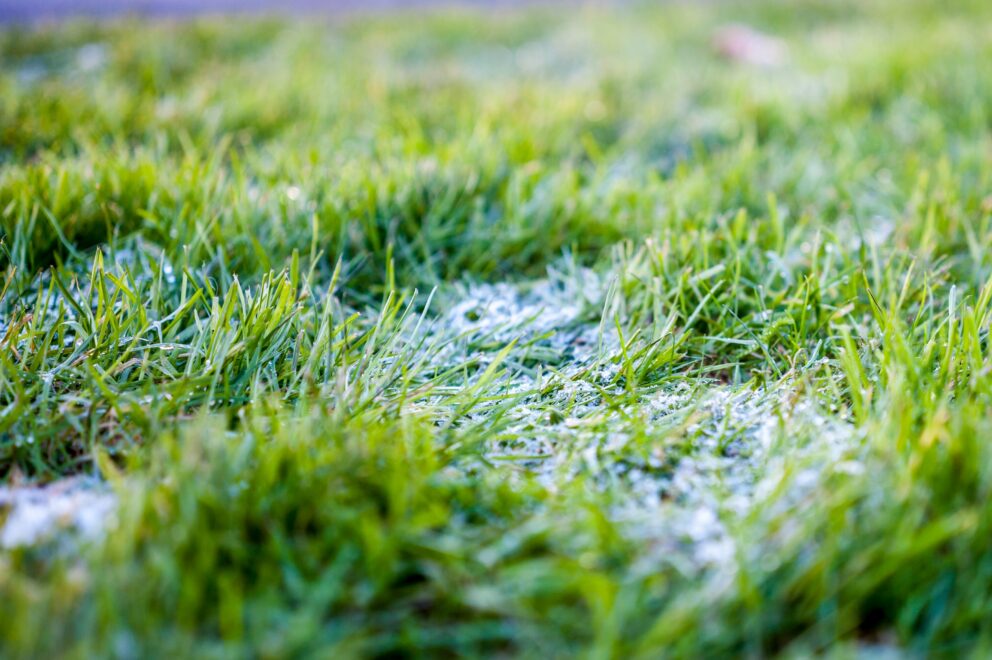
4. Regular Cleaning Routine
To keep your artificial grass looking fresh and vibrant, it’s important to establish a regular cleaning routine. This routine will help remove dirt, spills, wildlife debris, pollen, and other surface materials that may settle on your lawn over time. By hosing down your artificial grass once a week, you can rinse away any debris and prevent the development of unpleasant odours.
If necessary, use a broom to remove larger debris that may have settled on the surface. Regular cleaning will not only maintain the appeal of your artificial grass but also ensure that the drainage system remains unobstructed, allowing water to flow freely.
5. Managing Weeds
Although artificial grass is resistant to weeds, they can still find their way onto your lawn. Weeds carried by the wind can settle on the surface and take root if not addressed. Luckily, managing weeds on your Nomow artificial grass is a straightforward task.
Regularly inspect your lawn and remove any surface weeds by hand. Avoid using digging tools that can damage the turf. In areas prone to heavy weed growth, you can spray Nomow Weed Killer on the grass to safely remove the weeds.
To buy Nomow Weed Killer, click the button below.
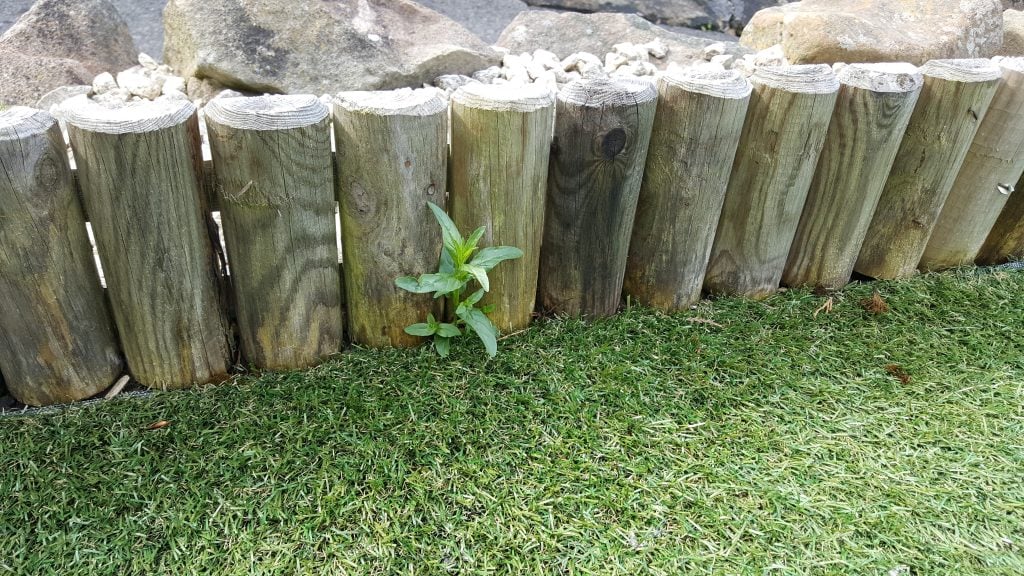
Extending the Lifespan of Your Nomow Artificial Grass
By following these artificial grass maintenance tips, you can extend the lifespan of your Nomow products and ensure that they remain in optimal condition for years to come. Regularly clearing fallen leaves and debris, guarding against moss and mould, establishing a cleaning routine, managing weeds, and taking precautions during frost will help you maintain a beautiful and long-lasting lawn.
Nomow offers premium-quality artificial grass with exceptional durability and aesthetics. Our range of artificial grass products is designed to withstand the demands of every season, including autumn.
For more information on Nomow’s artificial grass products and to explore our extensive range, click the button below.

